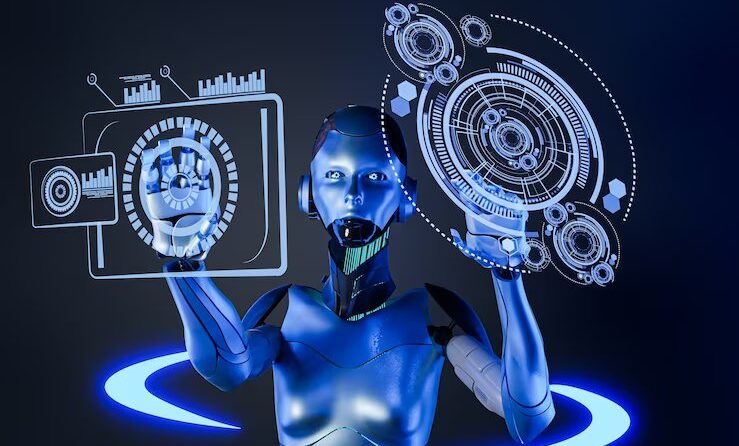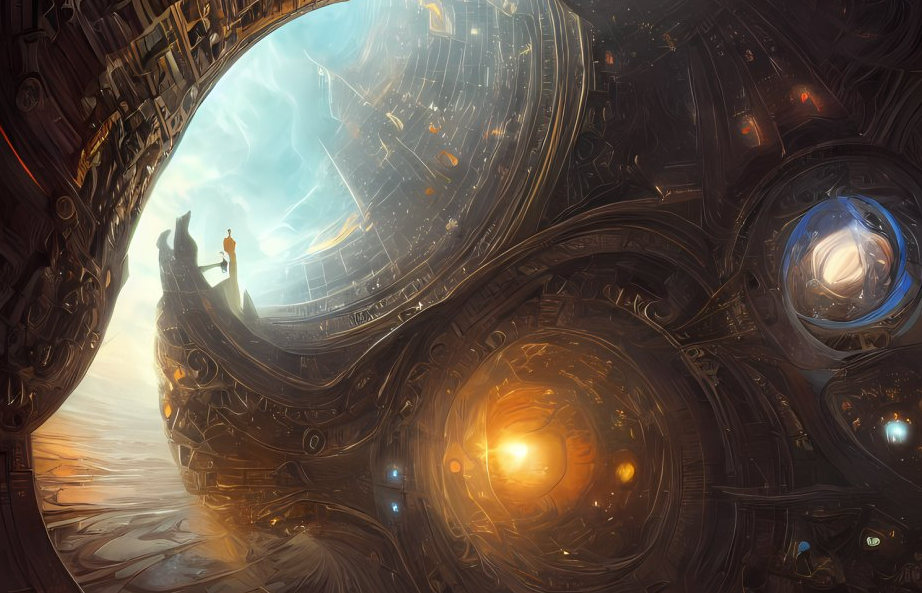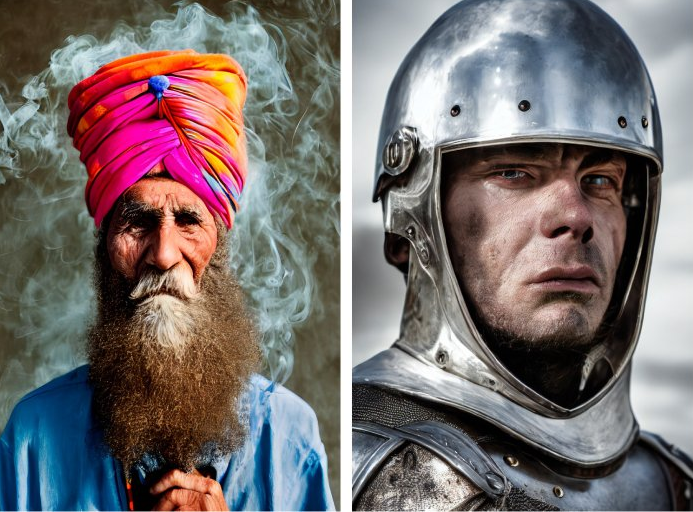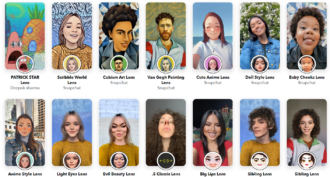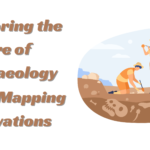How to Make AI Art with Stable Diffusion?
Stable dispersion facilitates the creation of AI artwork from text inputs. My latest contribution to the freeCodeCamp.org YouTube channel is a short tutorial on stable diffusion. This page will provide an overview of the course and provide connections to resources that will help you get started. The practical application of stable diffusion is emphasized above the technical underpinnings in this course. Some of the more technical topics, such as VAEs and embeddings, require knowledge of machine learning or independent study to fully grasp.
Stable diffusion: what is it?
Stable diffusion is a free, publicly available technique for generating artwork using artificial intelligence from text. The software can be installed with a single mouse click. After installation, it allows users to quickly and easily create lifelike graphics by responding to textual cues. Stable Diffusion takes a few pieces of hardware in order to function properly, as opposed to AI art producers like Midjourney, which only need a Discord account. It won’t even operate on regular computers, let alone mobile devices. This resource-heavy program needs a powerful graphics processing unit (GPU) and sufficient RAM on your machine. Stable Diffusion, on the other hand, is cross-platform and works equally well on PCs and Macs. The generator installation procedure for the two systems is marginally different from one another. Following these steps will allow you to successfully install and run stable diffusion on your machine.
How to Use Windows’ Stable Diffusion for AI-Generated Art?
At present, utilizing GRisk’s stable diffusion interface makes installation of stable diffusion a breeze. There is no need for technical expertise with this strategy, and the app can be up and running in a matter of minutes. However, there are some hardware specifications your computer must meet if you want to play Stable Diffusion.
These are some of the requirements that the gadget must meet:
- Versions of Windows 10 and 11
- Video RAM of at least 4 GB and preferably 6 GB.
- 10 GB of available storage space is the minimum.
How to Make Art Using Stable Diffusion Artificial Intelligence?
Step 1: Collect a picture data set
The first thing to do is compile a collection of reference photos for your project. This data collection should be varied and have a wide range of photographs that effectively convey the aesthetic and concept you’re going for.
Step 2: Establish a pattern recognition system
To train your AI model, you may utilize a program like BigGAN after you have your dataset. The dataset is used to train the model, which then utilizes that knowledge to produce new pictures based on the input.
Step 3: Create brand-new visuals
Once the model has been trained, it may be used to produce new photos that are visually similar to those in your dataset yet have subtle differences that set them apart. To achieve this goal, the model may be fed a random noise vector, and the parameters of the model can be adjusted to regulate the range of output pictures.
Step 4:Modify individual characteristics.

The model may also be used to change things like color, texture, and composition in the computer-generated pictures. Parameters of the model may be tweaked, or other software like DeepDream can be used to edit the output pictures.
Step 5:Experiment
Using stable diffusion AI to make art has several benefits, one of which is the freedom it grants to the artist. You may generate a wide range of original pictures by playing around with various datasets, noise vectors, and model settings.
Step 6: Effortless AI-Generated Artwork
When combined with the aforementioned interfaces, stable diffusion is a breeze to use. There are no restrictions on what you may accomplish with this fantastic free program, provided your computer is up to the challenge. Stable Diffusion: Have You Tried It Yet? I was wondering what your thoughts were on this AI artwork generator. Leave a comment and let us know how it went.
Conclusion
Finally, stable diffusion AI might be helpful for artists since it provides ample opportunity for originality in the form of picture production. The method requires little in the way of prior knowledge or training to apply, yet it may be used to test out novel aesthetic directions and conceptual territory. Artists may create stunning works of art by amassing a dataset, training an AI model, creating new pictures, and then modifying the properties of those images. The potential of this method is boundless, and it’s fascinating to think about how it can shape the future of art.

